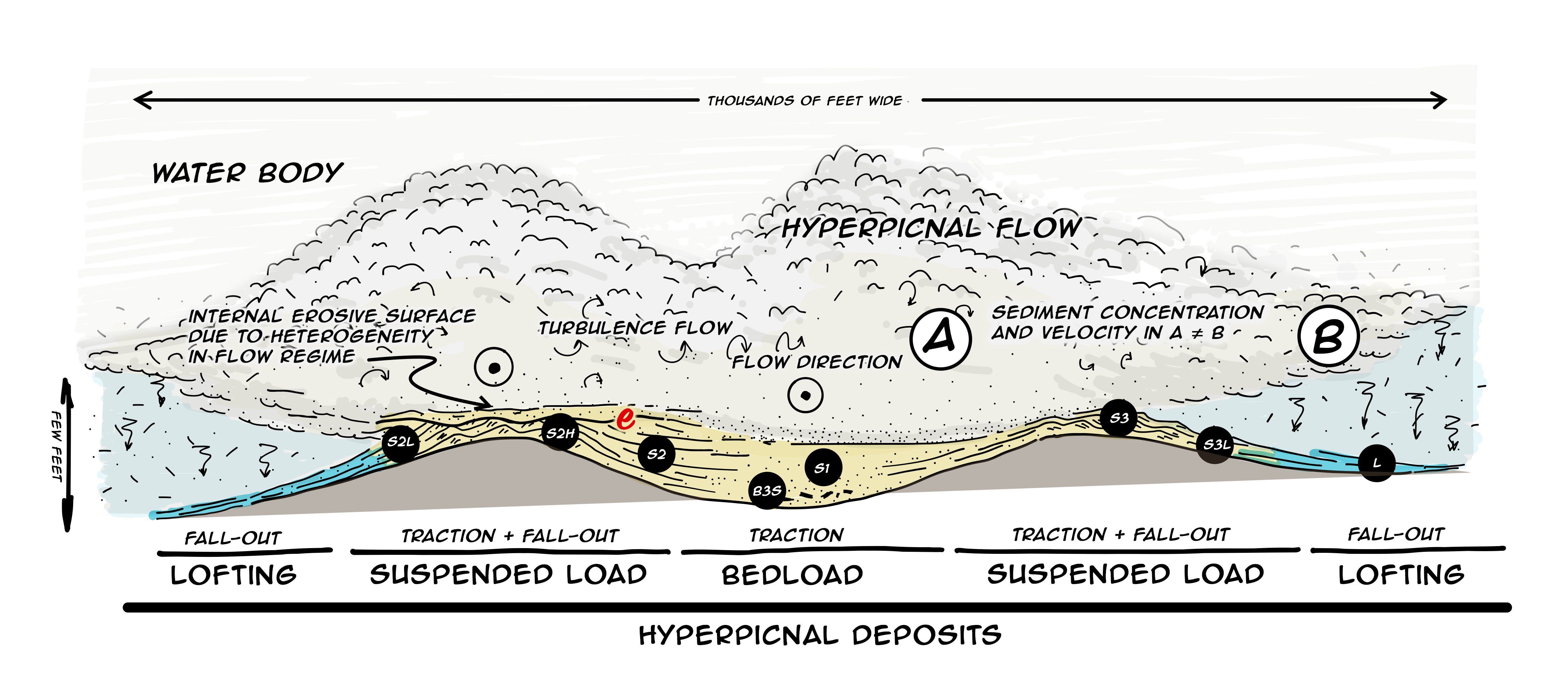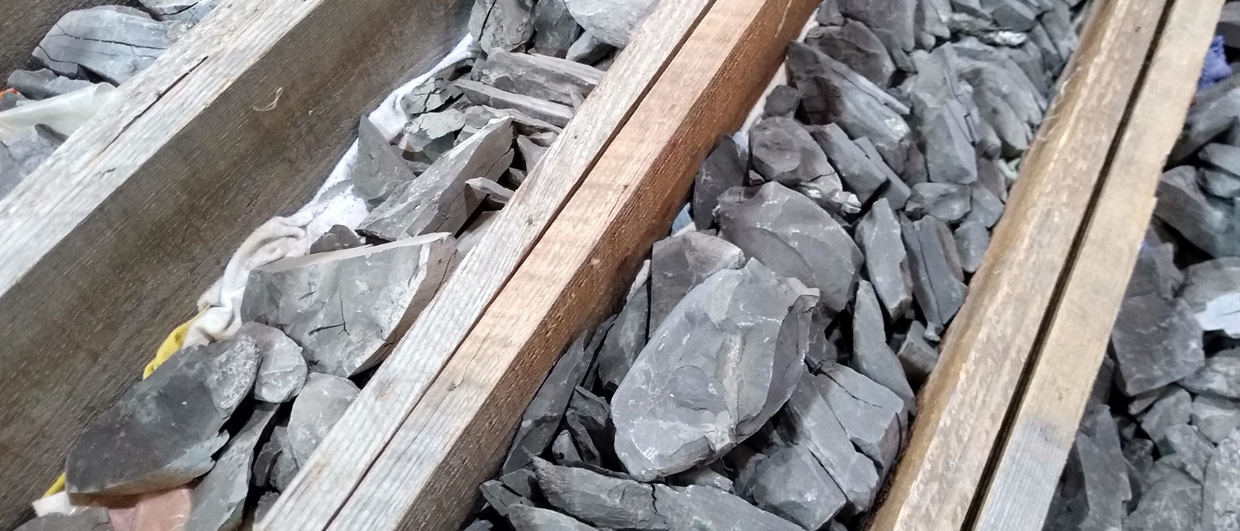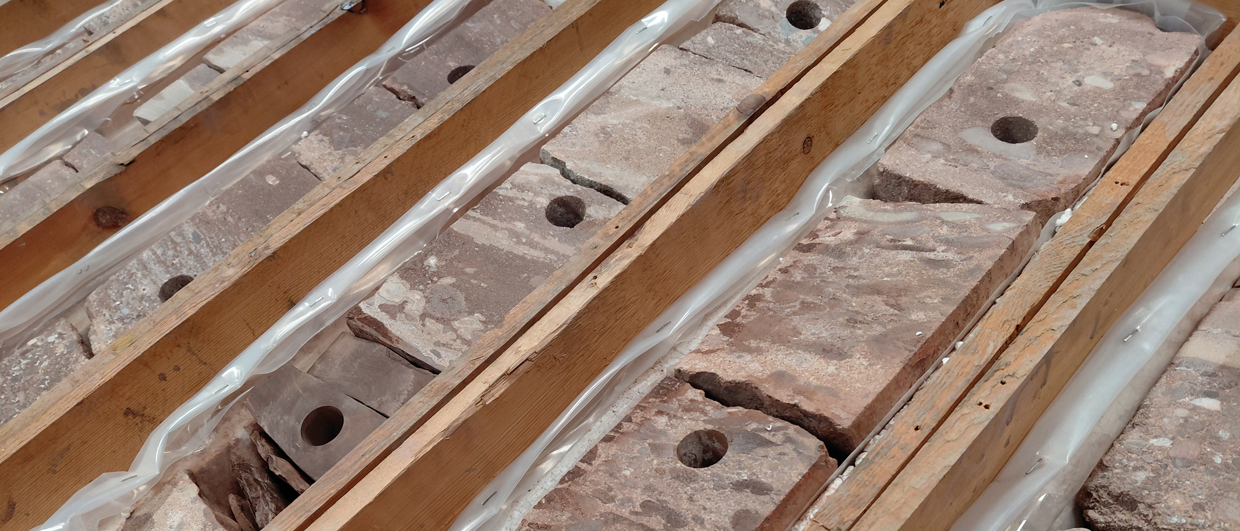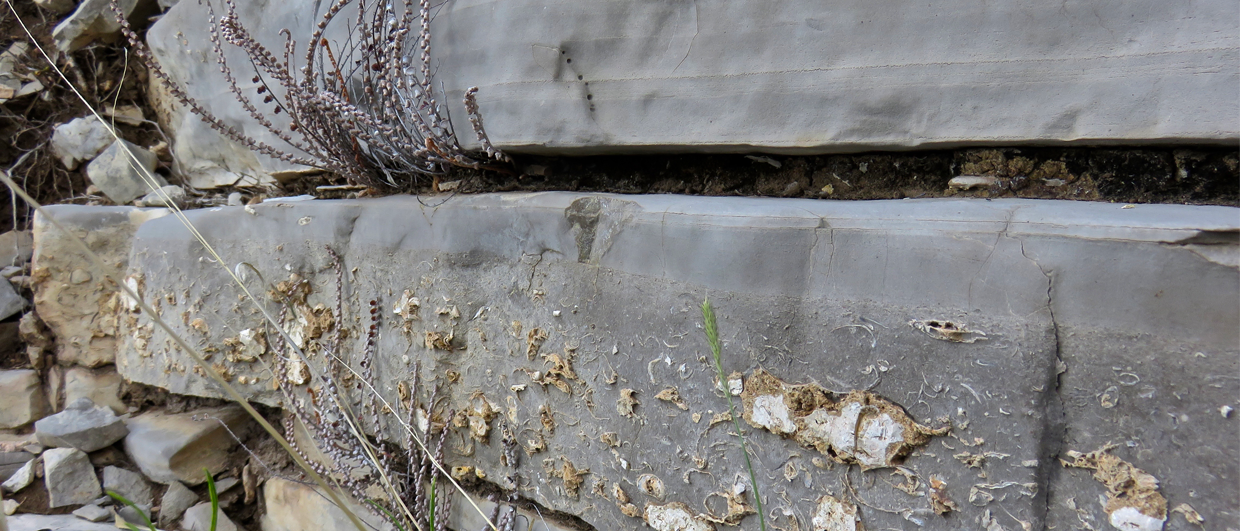
The cretaceous U and T sandstones, key petroleum reservoirs in the Oriente Basin of Ecuador, have been the focus of a groundbreaking reinterpretation. Recent studies of subaqueous systems and high-resolution genetic facies analysis have led to a new perspective on these formations. Traditional theories that describe them as fluvial, estuarine, or deltaic deposits reveal inconsistencies, primarily due to the vast dimensions of these systems, which would have extended from Colombia to Peru.
New research suggests that these formations are the result of hyperpycnal flows – dense subaqueous currents generated during exceptional fluvial floods loaded with sediments that meet cleaner water bodies. Due to their higher density, these currents plunge beneath the water surface, transporting large volumes of sediment and organic matter over hundreds of kilometers.
The sedimentological characteristics of the U and T sandstones provide strong evidence of a hyperpycnal origin. Basal load structures (facies B) include massive sandstones with rip-up clast levels, indicating transportation by drag at the base of the flow. Massive and laminated sandstones (facies S) exhibit parallel lamination and ripples, reflecting the gradual settling of suspended loads. The presence of plant debris and coal fragments suggests a direct continental origin. Lofting rhythmites (facies L) show intercalations of siltstones and very fine sandstones with plant remains, and are diagnostic features of hyperpycnal flows in marine environments where interstitial freshwater separates lighter materials from denser sediments. Finally, internal erosive surfaces are associated with the dynamic behavior of the flow.
This new interpretation provides a better explanation of the sedimentary dynamics of the Oriente Basin. Sustained hyperpycnal flows account for the wide distribution and lateral continuity of these units, even in low-gradient settings. The simultaneous presence of extra-basinal components (plant remains, coal) and intra-basinal ones (displaced microfossils) aligns with the erosion and reworking of the seabed caused by these dense flows.
The reinterpretation of the U and T sandstones as products of extraordinary hyperpycnal flow events establishes a direct link between the continent and the depths of the Oriente Basin. This new understanding not only enhances the comprehension of regional sedimentary evolution, but also opens new opportunities for resource exploration in similar systems.






